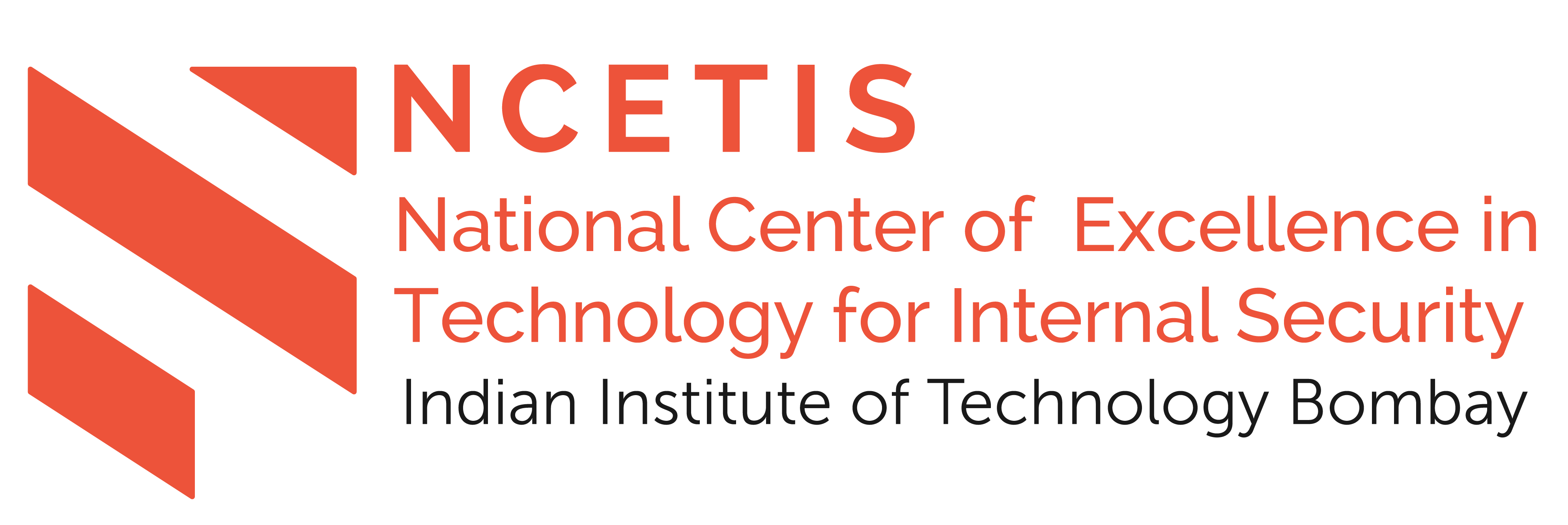Drones in Internal Security
Prof. Hemendra Arya
Multirotor vehicles are used as unmanned aerial systems for various missions. These multirotor vehicles are powered by electric motors using onboard Lithium Polymer batteries. These aerial systems will be used on-demand and hence these are designed in such a way that these can be packed easily for transportation and easy to integrate as and when required.
There is a growing interest amongst researchers in Unmanned Aerial Vehicles (UAV), also known as Drones. Despite its usage in military missions, many developments have expanded their utility in civilian domains too, such as Public Surveillance and Internal security. The use of drones for last-mile delivery, video surveillance platform, take off, and landing from constrained space, target tracking, etc. has been demonstrated by research institutes and industry. Drones can enter narrow and confined spaces, produce minimal noise, and can be equipped with night-vision cameras and thermal sensors, allowing them to provide imagery that the human eye is unable to detect. The speed, size, manoeuvrability.

and additional technologies make UAVs the perfect complement to ground security teams seeking to perform monitoring tasks more quickly and efficiently. More and more scenarios are being explored to expand its utility in the domain of internal security. Researchers are seeking to expand their payload capacity and endurance.NCETIS is actively engaged with security agencies to address the present and future needs of the forces.
Payload delivery using drones :
In this project, NCETIS is developing drones for carrying a payload up to 2 kg and deliver it at a distance of 5 km. During long-enduring missions, forces may fall short of critical supplies like water, food, medicine, etc. Drones can help in precision delivery at a given location. Using drones this task can be accomplished quickly and on-demand. As we know that communication link is dependent on line of sight. To have reliable communication, relay vehicle is introduced which will keep it position to maintain line of sight with ground station and payload delivery vehicle. Communication distance between the ground station and payload delivery point can be increased substantially by introduction of relay vehicle.
Communication node :
Low cost and easy to operate features of drones makes it possible to use these in large numbers. Efficient way of scanning a large area is possible using multiple drones. Work towards development of a system of multiple aerial vehicles for searching a large area and payload delivery at multiple locations is under progress. To reduces search time multiple scout vehicles are used for scanning a large area. Scout vehicles have capability of scanning visual reference and determining geo location. This information is shared with ground station and payload delivery vehicle is sent to deliver the payload. Payload mission consist of delivering at multiple locations if required. Typically, payload delivery vehicle could be large depending on the mission time, payload capacity etc. and it may not be suitable for scanning and payload delivery task together. Scout vehicles will be smaller compared to payload delivery vehicle and makes it easier to handle in large numbers.
Present work is focussed on implementing algorithms for area scanning using multiple vehicles and multiple payload delivery independent of the scout vehicle and payload delivery vehicle capability. Size of area to be scanned and payload size will depend on the chosen vehicle for the mission, communication modules etc. This work can be also extended to monitoring large areas during events like Kumbh Mela.
